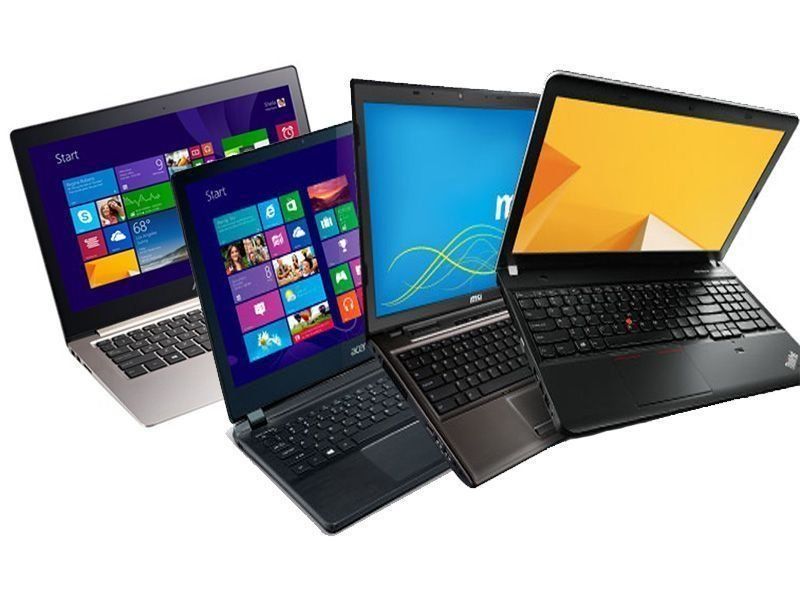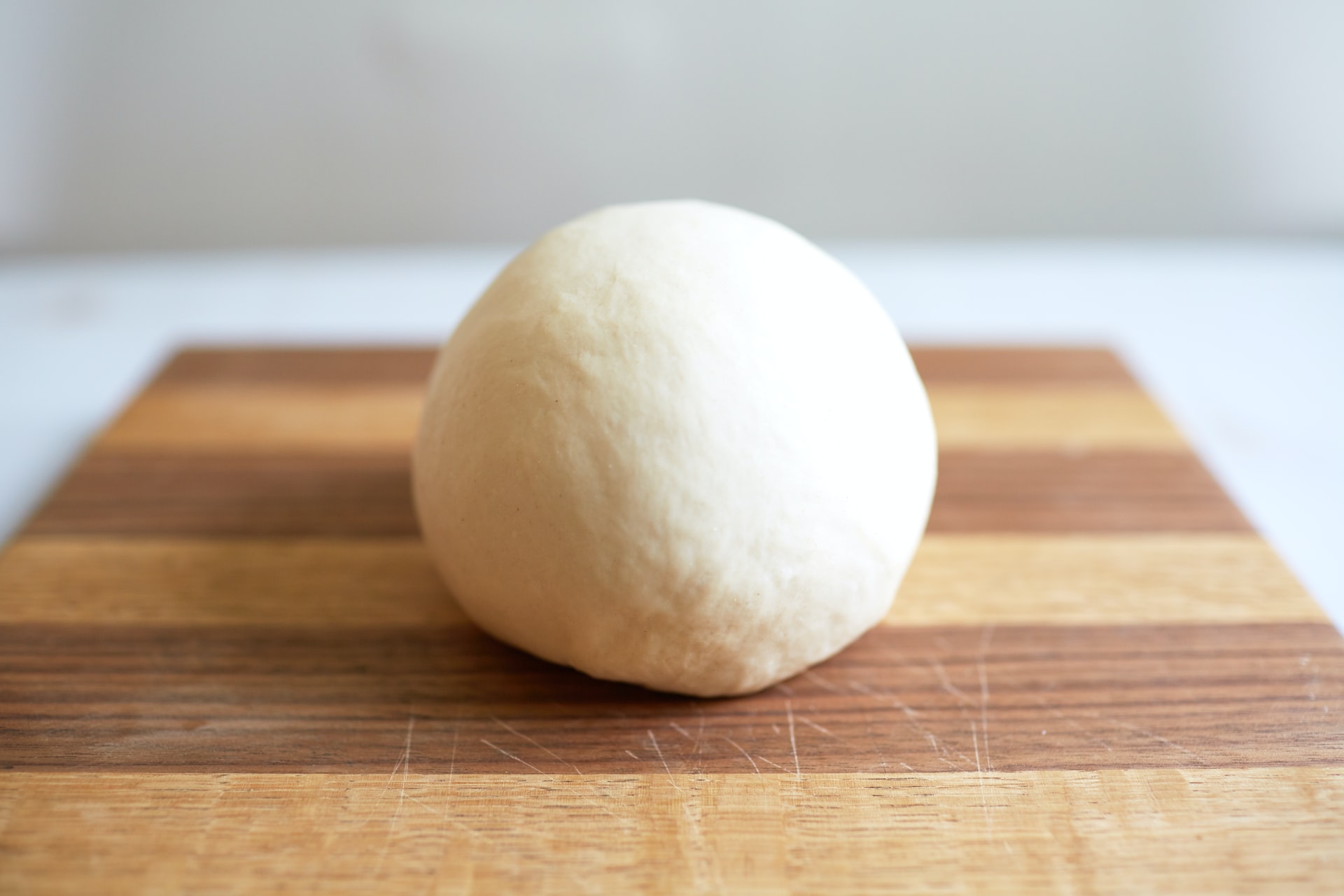Smartphone Huawei P30 Pro - advantages and disadvantages
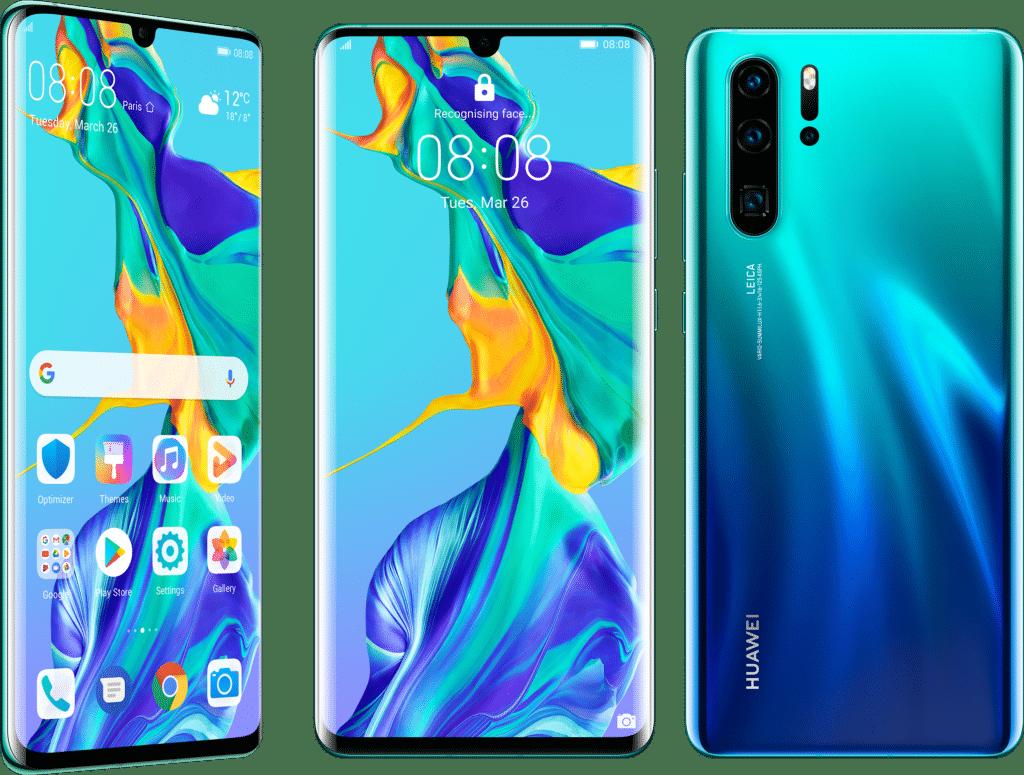
Company Huawei completely erased the boundaries between iconic series Mate and P, raising the bar every six months. It has done it again with the release of the Huawei P30 Pro smartphone, the merits of which have been taken over from previous versions. Its AMOLED screen has gotten bigger, with a new combination of four cameras that has already become an industry hallmark.
Experts expected that the developers would install a camera from Leica on the smartphone, but in fact they installed as many as four pieces. And they didn’t just add a ToF sensor and stop there, they completely improved the module - the main sensor from Sony has 40MP with improved low light effect and optical stabilization. The phone turned out to be attractive to many users, which caused a stir among fans of electronic technology.
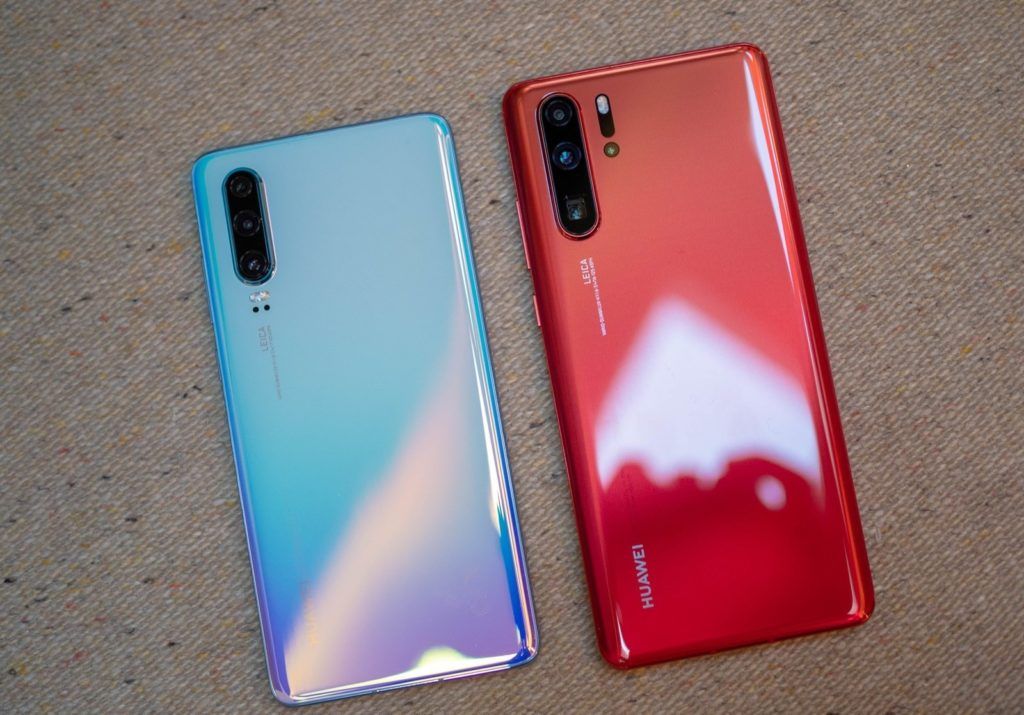
Content [Hide]
Description of Huawei P30 Pro
votes 0
The case is made of double glass with a metal frame, with an Ipx68 protection class against water and dirt.The diagonal of the AMOLED screen is 6.47 inches, the resolution is 1080x2340 pixels, the surface with a tiny notch for a selfie camera and sound control.
The hardware filling is based on the Hi-Silicon Kirin-980 chipset. It is made using 7 nanometer technology and has eight cores, accelerates to a maximum frequency of 2.6 GHz. Graphic accelerator Mali-G76-MP10. The RAM module can be 6 or 8 GB, the internal drive has 128 GB of free space. Disk space is expandable with a removable drive up to 256 GB.
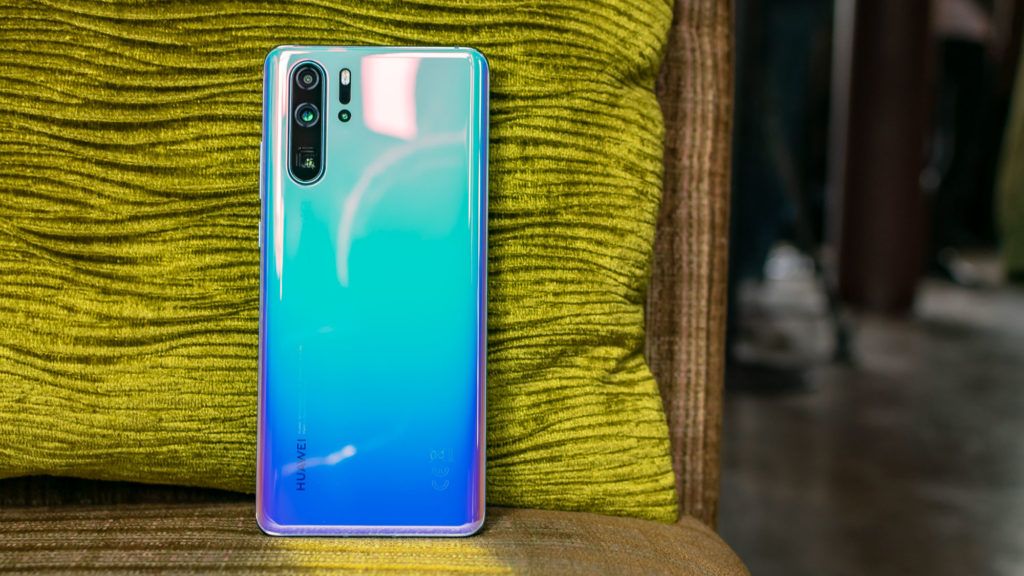
Android 9 Pai operating system with EMUI 9.1 interface. The rear camera has four modules. The main module has a resolution of 40MP, an image stabilization option and RYYB filters. The second sensor is ultra-wide at 20 MP. The third sensor with an 8MP periscope is equipped with stabilization lenses and optical zoom. The latter is a 3D ToF camera for capturing 4K video.
The main camera has a 50x digital zoom with variable aperture. Can take pictures in hybrid, portrait, night mode. Video quality complies with ISO standards. The 32 MP front camera with Leica lenses is designed for selfies with vivid bokeh effect.
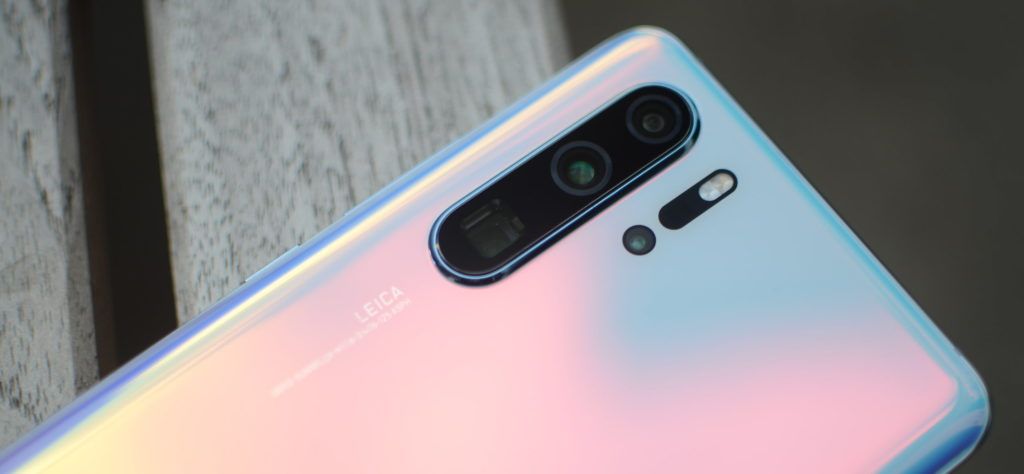
A capacious 4200 mAh battery has a 40 W fast charge function, as well as a 15 W reverse and wireless charge. At the bottom of the screen is a fingerprint scanner to unlock the phone. The functionality of the phone allows you to assign it a quick call to an application or option. There is a slot for two SIM cards. The phone supports wireless standards: Wi-Fi and Bluetooth. There is GPS satellite navigation. The phone supports nano memory cards.The device's EROFS file system, which speeds up data access and improves the performance of the entire device.
Characteristic table
| Cellular support | GSM/HSPA/LTE |
|---|---|
| Dimensions, mm | 158x73.4x8.4 |
| Weight, gr. | 192 |
| SIM card slot | single or hybrid (dual sim) |
| Screen | capacitive with a matrix on organic light-emitting diodes (OLED) |
| Diagonal, inches | 6.47 |
| Usable area, sq. cm. | 102.8 |
| Screen aspect ratio | 19,5:9 |
| Permission | 1080x2340 |
| Operating system | Android 9.0 pie with EMUI 9.1 interface |
| Chipset | HiSilicon-Kirin-980 |
| Processor Assembly | octa-core with overclocking up to 2.6 GHz |
| graphics accelerator | Mali-G76-MP10 |
| RAM options, GB | 6 and 8 |
| Internal disk, GB | 128 |
| External storage, GB | 256 |
| rear camera | four-module 40 + 20 + 8 MP and ToF with three-dimensional shooting |
| Frontal | 32 MP |
| Wireless connection | WiFi/Bluetooth/NFC |
| Battery, mAh | 4200 |
| Price, euro / rub. | 880/69990 |
Assembly and decoration
The manufacturer approached the development of the smartphone thoroughly, but as for the design, the design was made by trial and error. The new flagship is made of double glass with a metal frame, and this is the norm for these days. It is distinguished by the installation of four cameras on the back.
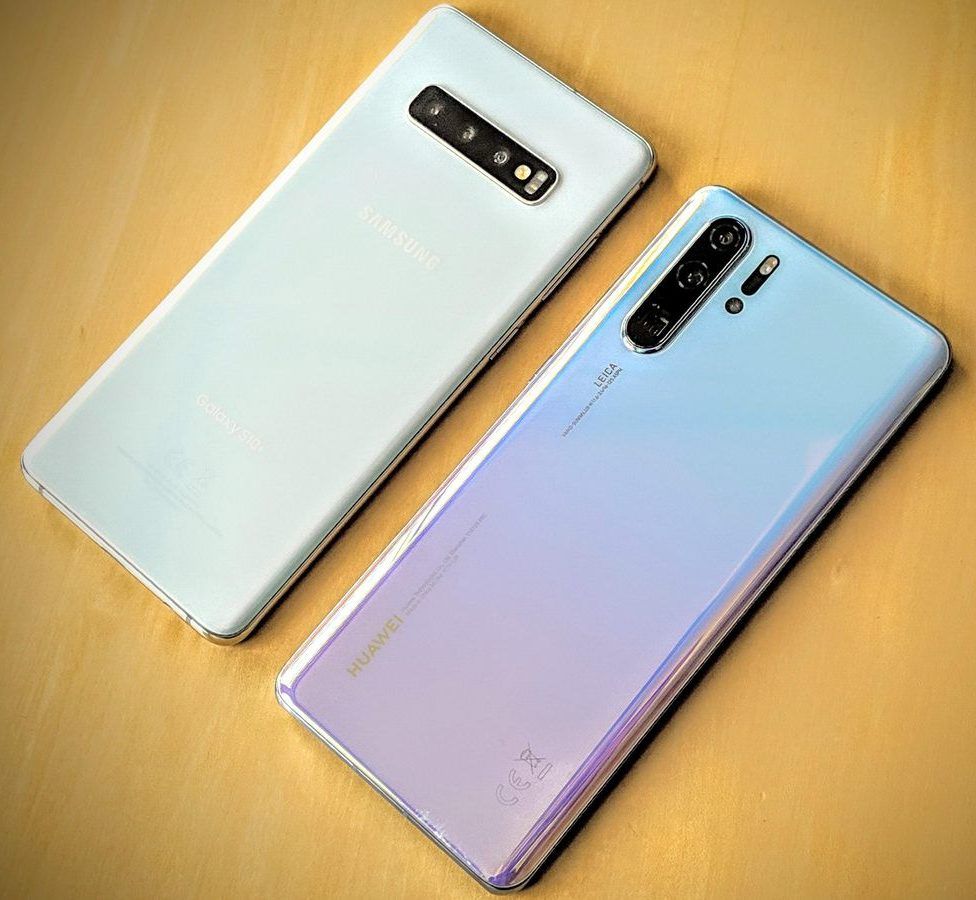
The company has established a tradition of producing gadgets in a two-color gradient, and this tradition is continued on the P30 Pro version. There is a new distinctive Aurora livery inspired by the Northern Lights. It also contains:
- pearl white;
- black;
- amber yellow;
- breathable crystal.
This combination is expressed in the name Aurora, which should show a good sales result.
Fingerprint scanners do not differ in the P20 and P30 models, but the arrangement of the rear cameras is striking: the first one does not have periscope lenses. In general, the model looks very attractive, even more than others. It should be noted that the smartphone looks more like the Mate 20 Pro than the P20 Pro. The glasses on the back and front sides are equally curved in the direction of the elongated parts of the body.
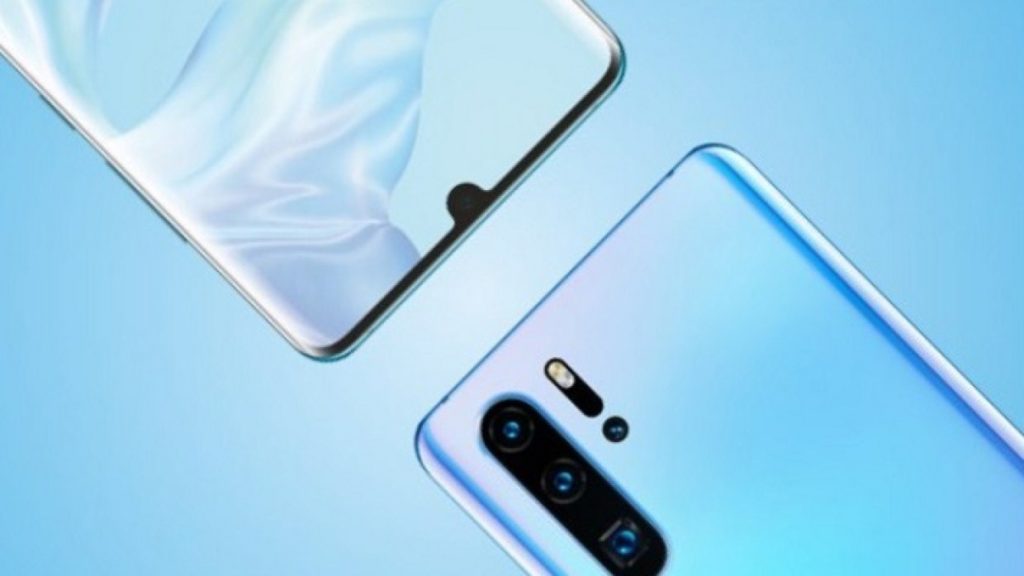
The screen size has increased to 6.47 inches and received an organic matrix on LEDs with rounded edges. The sub-pixel organization of the display remained unchanged, pointing to a single vendor. The device received the largest diagonal in the line, before it there were sizes of 5.5 and 6.1 inches.
At the top is a tiny hole just for the selfie camera. There is no face recognition module, LED flash or speaker here. At first glance, it seems to be centered, but in fact it is not. The notch has been shifted 2mm to the left, so you need to move it to the right when taking a photo.
The dimensions of the AMOLED screen are close to those of the Mate 20 Pro, but the display has more usable space due to the smaller notch. This affected the resolution, it turned out to be 1080 instead of 1440 pixels. But this did not affect the quality of the images, all objects are clear and without noise.
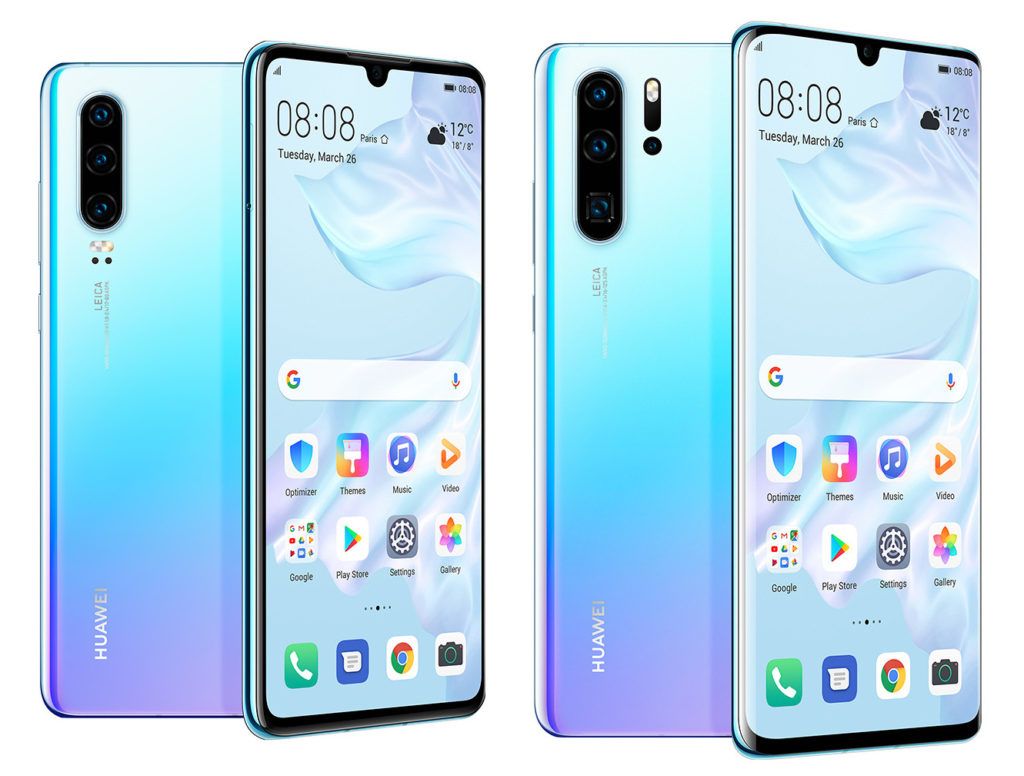
The buttons are very thin with slight bulges. At the bottom is a fingerprint sensor. It works quickly and is also used to bring the phone out of standby mode. It is worth touching, the sensor and the screen light up.
As for the dynamics, or rather its absence. The P30 Pro uses bone conduction technology, which allows you to transmit sound during a call, where the screen acts as a speaker.Huawei claims that this is a second-generation technology, but it is the first time it has been used in its smartphones.
Huawei P30 Pro vibrates the screen itself, creating sound. This approach allows you to achieve purity of sound and reduce the loss factor during a conversation. The vibration coil sits 2cm below the selfie camera. When called, an animation will appear on the display indicating where to place your ear.
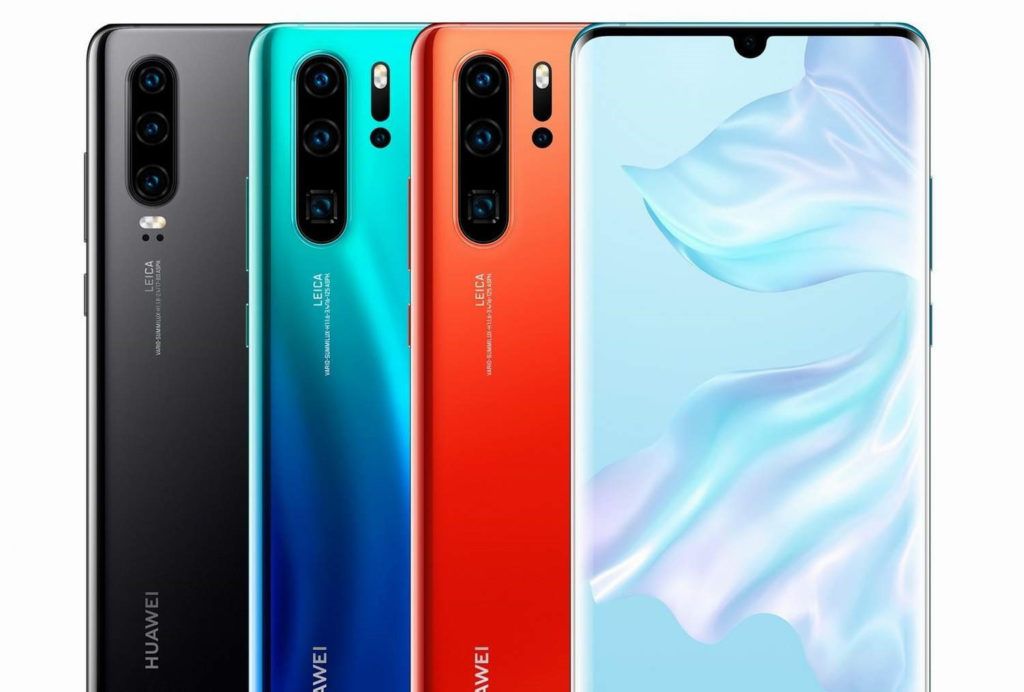
Thanks to the technology, the sound seems deeper and richer. The sound quality is not affected by the position of the ear, that is, in the usual place next to the camera or much lower. Only the volume of the sound changes. The bone conduction method allows you to hear the interlocutor even in noisy places. Therefore, it does not have stereo speakers.
The key difference between the phone and other models is the presence of a four-module rear camera. They are located in a rectangle. Three of them are combined into one group, the fourth is taken out separately and is located in their center. The topmost camera is a 20MP ultra wide camera. It is followed by a 40 MP main module with image stabilization, followed by an 8 MP periscope zoom lens. Away from the group is an LED flash and a ToF camera, which is almost invisible on the black models.
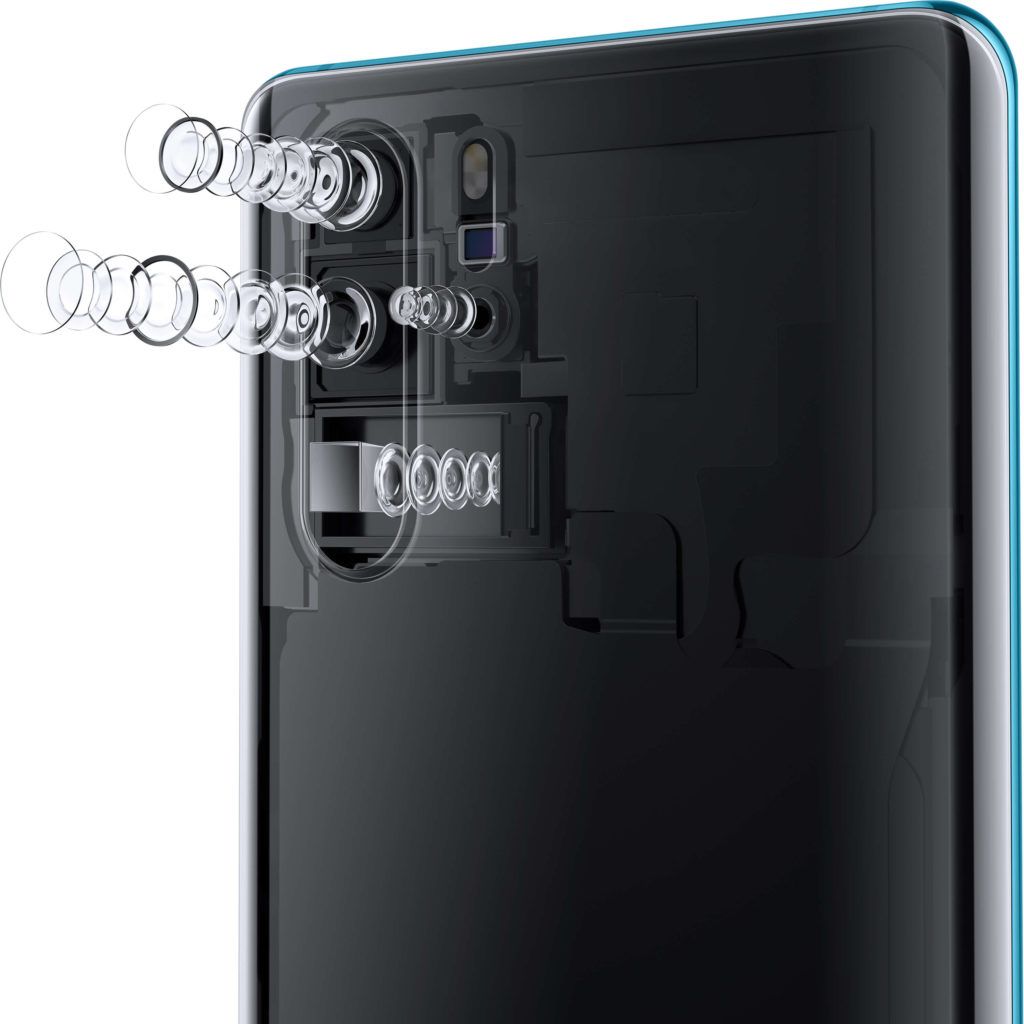
Below are a USB port, a slot for a SIM card. The 3.5 connector has disappeared from the Pro models. The frame is rounded in long sections, but the surface itself is flat. The size of the device is 158x73.4x8.41 mm, 3 mm higher than the Mate 20 Pro, the weight has increased by 3 grams and is 192 grams. But tactically it is not felt. The body is waterproof and the glass is scratch resistant.
The Huawei P30 Pro smartphone has become a true flagship of 2019.
The phone turned out to be slippery, so you need to be careful when handling it so as not to drop it from your hands. However, its ergonomics are very pleasant.
Screen
The key selling point of the smartphone is the 6.47-inch AMOLED screen with HDR imaging quality and a tiny camera cutout at the top.
A laboratory study of the display showed that it has a similar sub-pixel organization to the Mate 20 Pro, which indicates their identity. The resolution of the OLED panel is 2340x1080 pixels with a display aspect ratio of 19.5:9 and an image density of 399 dpi. These parameters are sufficient for high-quality photographs.
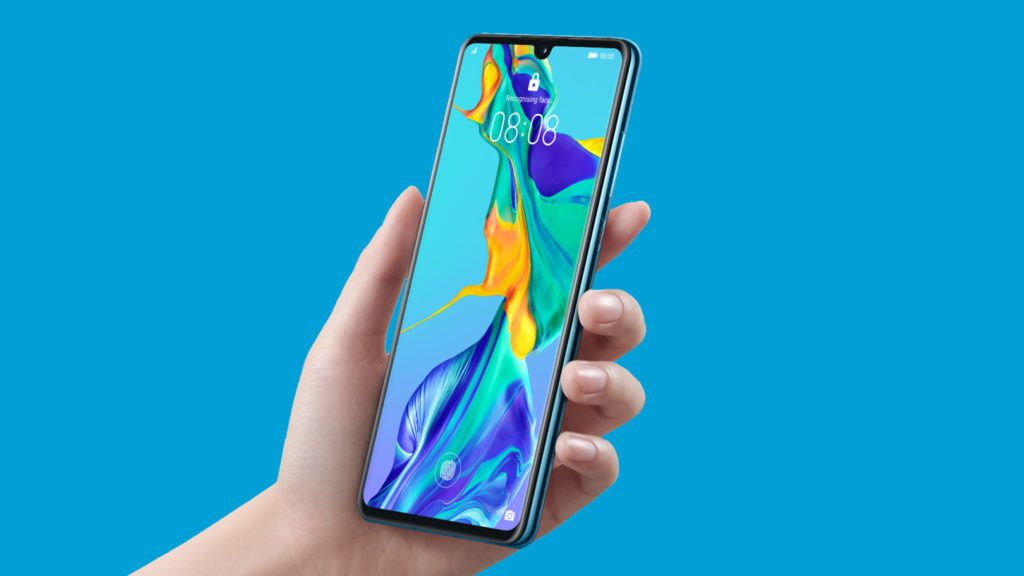
The screen itself is bright, with automatic adjustment its brightness reaches 650 nits, in manual mode it is only 570 nits. The contrast in the sun is preserved and reaches 5.119 units. The display has a normal and live mode, which are divided into: default, cold and warm.
Battery
The phone has a battery with a capacity of 4200 mAh. Equipped with a 40 W fast charge function with a current of 4 A and a voltage of 10 V. At maximum values, the battery does not heat up. The device is fully charged in 60 minutes. Up to 70% in just 30 minutes.
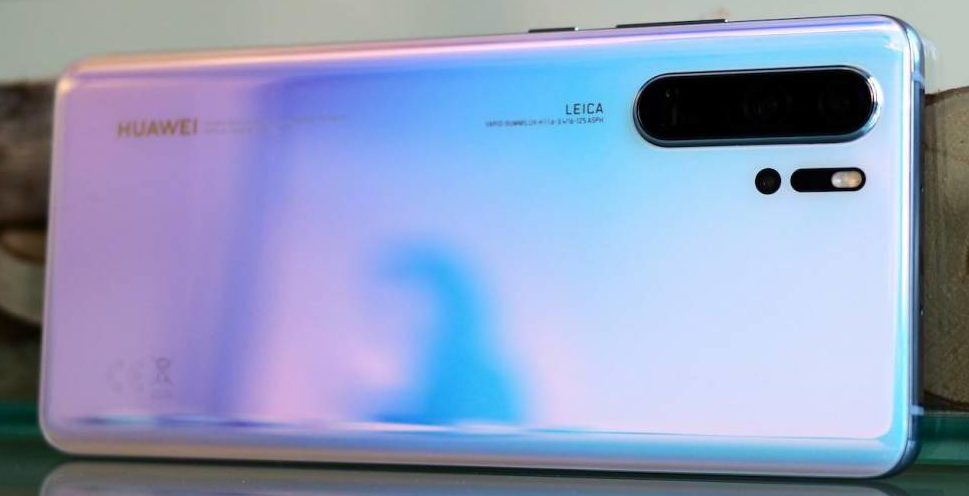
The device supports 15W reverse and wireless charging. The first means that the user can share with smart gadgets, accessories and other phones without a cable that have a similar function. To do this, you need to activate the option in the battery settings. It automatically turns itself off.
The battery capacity is enough for 20 hours of video playback, 34 hours of surfing the Internet, 27 hours of active conversations. In standby mode, it can be more than 100 hours with 3G enabled.
speaker
The P30 Pro does not have stereo speakers. In previous models, its function was assigned to the head phone. However, this is not possible with an acoustic screen. As tests show, it is quite loud and the sound quality is on the level. The sound of the music itself is distinct, without noise and interference.
cameras
The Puawei P30 Pro tops the list in camera evolution with four cameras. Three are combined into one group, the fourth is taken out separately and is located in the center of their axis. The top one has a resolution of 20 MP. It has an ultra-wide angle and an f/2.2 lens. This is followed by a 40 MP main camera with a wide field of view, f/1.8 aperture and image stabilization. Below is an 8MP sensor with f / 3.4 aperture, periscope lenses, telephoto option, autofocus, digital zoom. Fourth ToF camera for 3D shooting. Nearby is an LED flash.
Hardware
The phone has the latest version of the Kirin -980 chip from HiSilicon. Their 7nm chipset technology is already well known in the market, and is no longer the most productive in the world of Android devices. The analogue of the filling is Snapdragon-855 and Exynos-9820, which are produced in the same way. However, the developers improved the cooling system by adding a graphene film and a heat pipe with an evaporation chamber.
Kirin-980 is octa-core with two high performance Cortex-A76 layers clocked at 2.6GHz. The other two layers of the same series are accelerated to 1.92 GHz. The remaining four Cortex-A55 cores are overclocked to 1.8 GHz. The processor is equipped with ARM's DynamIQ architecture, which synchronizes the work of a subset of layers depending on the load.
Mali-G76-MP10 graphics processor has ten cores, has a unique performance. It supports all kinds of active games. They run smoothly and without hiccups. Huawei is actively cooperating with their developers, so it follows their innovations and equips its products with all the necessary attributes.
Advantages and disadvantages
- big screen;
- four-module camera;
- productive.
- inconvenient management;
- no headphone jack;
- the sound quality is not very good.
Conclusion
Impressive photo quality. With the stabilization system, you can shoot video even on the go. Not much frustrating software stuffing, as it is not brought to mind. But this is only a matter of time, as new versions will be released. They will definitely come with updates. The processor is very productive, the software starts instantly and runs smoothly without freezing. Active games go well, all textures are drawn clearly, there are no distortions and squares.
The phone turned out to be very stylish and conspicuous. The manufacturer wanted to highlight the smartphone from the general line, he succeeded. He turned out to be very interesting, smart. At the first acquaintance, its coloring is striking, which emphasizes the individual style of the company's designers.
new entries
Categories
Useful
Popular Articles
-

Top ranking of the best and cheapest scooters up to 50cc in 2025
Views: 131651 -

Rating of the best soundproofing materials for an apartment in 2025
Views: 127690 -

Rating of cheap analogues of expensive medicines for flu and colds for 2025
Views: 124519 -

The best men's sneakers in 2025
Views: 124033 -

The Best Complex Vitamins in 2025
Views: 121939 -

Top ranking of the best smartwatches 2025 - price-quality ratio
Views: 114980 -

The best paint for gray hair - top rating 2025
Views: 113395 -

Ranking of the best wood paints for interior work in 2025
Views: 110318 -

Rating of the best spinning reels in 2025
Views: 105329 -

Ranking of the best sex dolls for men for 2025
Views: 104366 -

Ranking of the best action cameras from China in 2025
Views: 102216 -

The most effective calcium preparations for adults and children in 2025
Views: 102011
